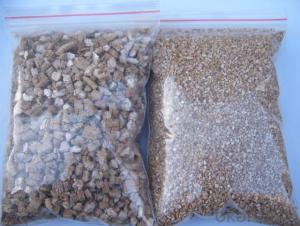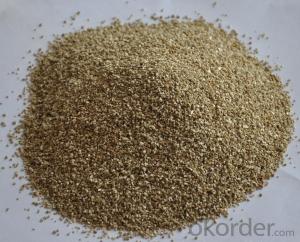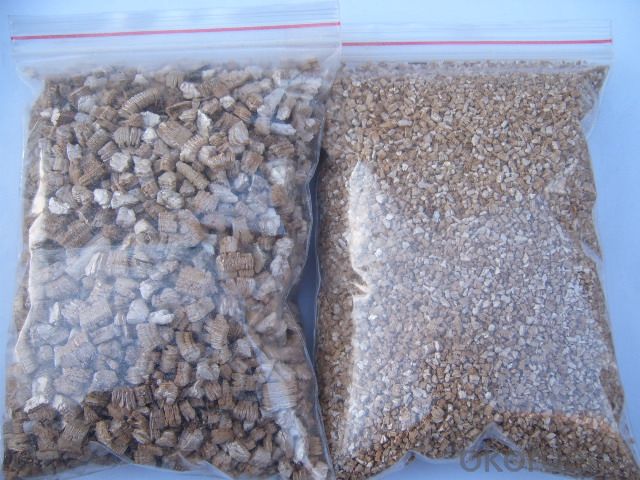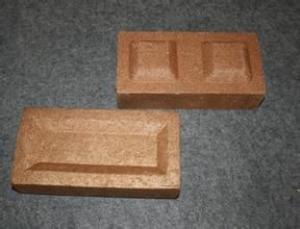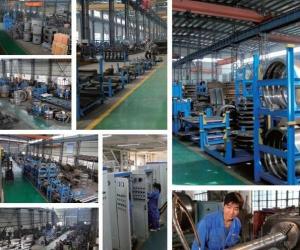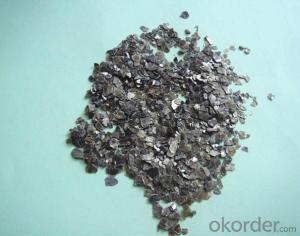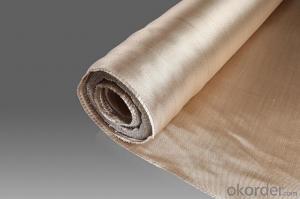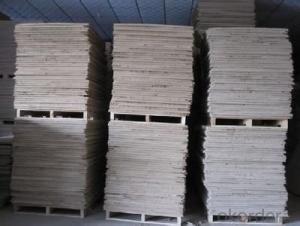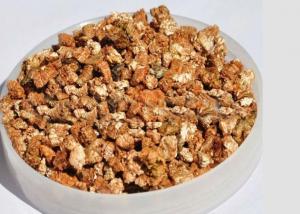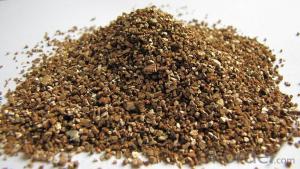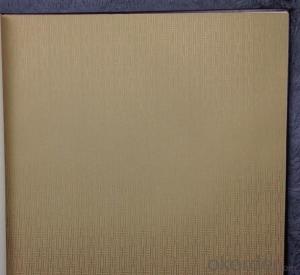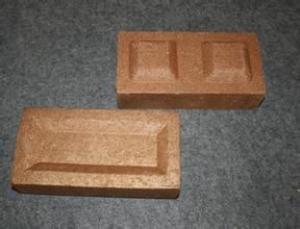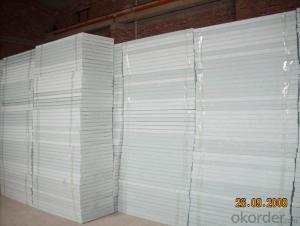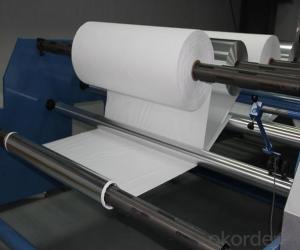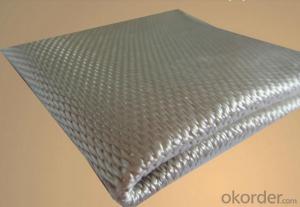Superfine Vermiculite Golden Color(raw)
- Loading Port:
- Qingdao
- Payment Terms:
- TT OR LC
- Min Order Qty:
- 20 m.t.
- Supply Capability:
- 1000 m.t./month
OKorder Service Pledge
OKorder Financial Service
You Might Also Like
1.Introduction of Vermiculite:
Our company specializes manufacture and exporter for the mineral products.Jinli has been member of China Friction & Sealing Material Association and China Nonmetallic Industrial Minerals for more than 20 years. Also it is one of the major draftsmen of JC/T810-2008 in vermiculite standards.
2. Product Specification and detailes:
Type (I) , Fe2O3 content 5-13%:gray-silver-white, similar in colour to South African material
Type (II) , Fe2O3 content 16-22%:golden-yellow, similar in colour to Australia and India etc
Vermiculite is a natural mineral that expands with the application of heat. The expansion process is called exfoliation and it is routinely accomplished in purpose-designed commercial furnaces. Vermiculite is formed by weathering or hydrothermal alteration of biotite or phlogopite.[1] Large commercial vermiculite mines currently exist in Russia, South Africa, China, and Brazil.
3. Technical Data of Vermiculites:
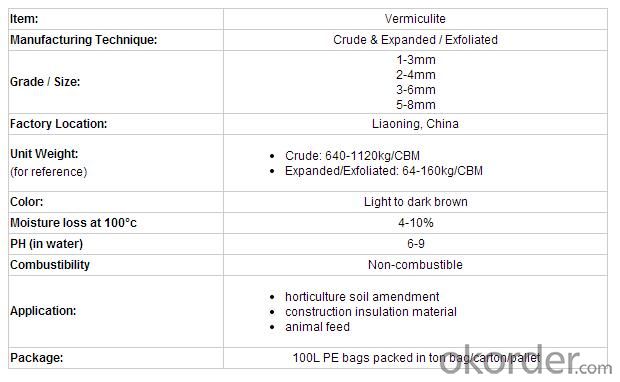
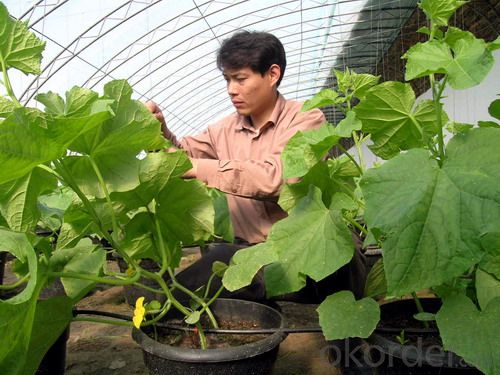
4. Application of Vermiculite:
used in in-ground swimming pools to provide a smooth pool base
used in commercial hand warmers
used as a sterile medium for the incubation of reptile eggs
light-weight insulative concrete [1]
used in AGA cookers as insulation
used in explosives storage as a blast mitigant
used to absorb hazardous liquids for solid disposal
used in gas fireplaces to simulate embers
used as a coating/impregnation on fiberglass sleeve, tape, rope and fabric to increase the useful temperature range and to add abrasion resistance.
used as part of a substrate for fungi cultivation
- Q: i spent all spring and summer travelling this year so my garden is feeling rather neglected and lonely. there are some veggies i know can stand cold temps and still make it. i live in north central texas so freezing temps wont be an issue for a few weeks yet. is there any time to get something in the ground? like what?
- Not really. It takes at least a month for radishes, which is about the fastest crop. Just start working the soil by adding organic compounds, and if needed vermiculite, etc.
- Q: id like to know what your soil recipie is. im looking for something that breathes very well (temperature is a big problem of mine right now) contains worm castings and humus. and whats your main source for nitrogen?
- complex point. check out into yahoo and bing. just that could actually help!
- Q: to incubate bearded dragon eggs do u have to use pure vermiculite or can it be a potting soil mix with vermiculite in it?and any other incubation help would be very nice. what should i incubate the eggs in and such
- Hi i tryed doing this two years ago but they had the eggs before i could get out to buy a incubater so i had to make one.They didnt survive but the first batch rarely do ye so just have a incubater ready, best to buy one from a pet shop so when you notice the female has bumps around her stomach get a container about 6 times the size of the female dragon and fill it to the top with a muckie substrate im not sure of the name but the pet shop will know what your talking about so just put that container in the tank with female beardie make sure its see through plastic container so just wait then checking it and in a couple of days you should see eggs so if you have bought an incubater unlike me with the homemade one you have a chance what you do is mark the eggs wit a marker on the top of them and mark sure there that way in the incubater keep it at 84 degrees and misting them reguarly then wait for them to hatch.
- Q: you know those white pieces of somethingWhat do they do?
- Hovabator okorder
- Q: She might pop today and i cant make it to the store on time before they close. i have a 24/7 walmart i can get to today but later. ima get a styrofoam box, a water heater and tomorrow ima get the hydrometer for humidity. But i need to know what else i can use for bedding besides vermiculite. I'll try to see if my walmart carries it but if they dont what else can i use. i assuming like bark or something right? help?? also if my walmart does carry vermiculite or if not and i due end up just buying the bark or something what brand do i use because dont soils or bark carry chemicals in them??? help plz!
- have you got a male as well? if you dont then you can do anything with the egg as it will be infertile and it will be like hens eggs that we have for breakfast and there wont be an baby inside. however if you do have another then you should contact the vet and check with them as they should probably know the gecko as well as you
- Q: Do you have to freeze the seeds before you plant them? What kind of soil do they need? How much watering do they need? How long until they sprout? What then?Thanks for answering
- i exploit Nioxin - ask your hairdreser approximately it thats how i got here across it. interior the month I definitely have used it my hair has grown one million.5 inches and it additionally will thicken your hair. you will hit upon simliar products at elegance furnish shops,( ie - Tree Tea Oil is a powerful one additionally). wish this facilitates
- Q: ok, i got that my red slider turtle might lay eggs. but what do i do with them how do i know if one even gets pregnant.
- i dont know if you can tell if its pregnate but do reasearch on the turtle that you have look at the breeding section and it should tell you what to do hope that helps
- Q: I am looking for an easy Hypertufa recipe to make bird baths and such.
- After our cat developed gingivitis, we began to use a dental kibble which has done wonders for her oral health. Our vet agrees. Because she also has a kidney issue, we mix it half and half with a low ash kibble.
- Q: i have 20 tomato plants in individual 6 containers on a flood table but i water by hand. i grew them from seed and they seem to be dying. tips of branches are yellowing and drying and even some leaves are. the plants are 8 inches tall and all planted in organic miracle grow soil mixed with perlite and vermiculite. they started off strong but now having problems. i have 10 small pepper plants the same age as the tomatos and they are thriving. all plants are under a 400wat metal halide light 1 foot above the plants and i water everyother day or when the top soil seems dry. please help!!
- this relies upon - do the leaves look yellow or are they turning colorations and dying? Are your flowers purely too dry? have you ever fed them in any respect? Soak them extremely properly - and once you water confirm you water on the basis/base of the plant and don't spray down the leaves. Water contained in the night whilst it is the coolest. in case you water throughout the time of the day and the leaves get moist it could make the plant use up whilst the solar beats down on the moist plant existence. additionally, verify for illnesses - the cyber web website under in my source has stable help on what tomato plant illnesses look like and what to do finding on what you come across. you may feed with something like miracle improve - yet do no longer overfeed your flowers or you will finally end up with fascinating foliage and much less tomatoes. additionally there are organic a thank you to grant your tomatoes what they want as properly. Tomatoes require countless calcium so once you employ eggs weigh down the eggshells up right into a magnificent powder and place into the soil around the plant. This little domicile therapy has labored amazingly properly for my tomatoes. I additionally improve mine in straw bales the previous couple of years because of the fact my soil exchange into no longer of the ideal high quality. i will no longer be able to sing the praises of a straw bale backyard sufficient!
- Q: If you aciddentaly turn a fertile egg, how long does it take for the color to change and what color would it usually change to? Mine went from pink (in the tank), to brown (in the vermiculite) in less than an hour. Is that normal? I don‘t think I turned them, why did they all turn brown?
- I read that the wind shifted, and the fire surrounded them. They carry fire shelters, I don't know why the didn't work. Maybe the fire was just too intense.
Send your message to us
Superfine Vermiculite Golden Color(raw)
- Loading Port:
- Qingdao
- Payment Terms:
- TT OR LC
- Min Order Qty:
- 20 m.t.
- Supply Capability:
- 1000 m.t./month
OKorder Service Pledge
OKorder Financial Service
Similar products
Hot products
Hot Searches
Related keywords
